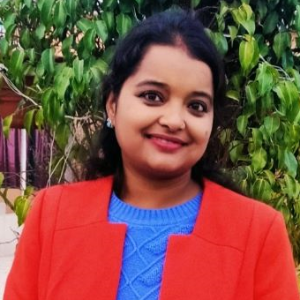Abstract:
Introduction: The tobacco epidemic is one of the biggest public health threats the world has ever faced, killing more than 8 million people a year, including around 1.2 million deaths from exposure to second-hand smoke. Every eight seconds someone, somewhere in the world, dies as a result of tobacco use. It is reported that by the year 2030, the death toll is likely to exceed eight million people a year. Tobacco use is widely recognized as the single most preventable cause of premature death due to these NCDs and the leading preventable cause of cancer and cancer deaths. The economic costs of tobacco use are substantial and include significant health care costs for treating the diseases as well as the lost human capital that results from tobacco-attributable morbidity and mortality. The aim of this study was to assess awareness of the health effects of tobacco use among the elderly.
Methodology: A cross-sectional study was conducted among the elderly and the sample was selected through a purposive sampling technique in 2022. Data was collected through face-to-face interviews using a semi-structured interview schedule. Data entry and analysis were done in SPSS version 16.0. Descriptive analysis was used and prevalence was estimated. In inferential analysis, a test of significance like chi-square was used to find the association between awareness and selected demographic variables. A p-value of <0.05 was considered to indicate statistical significance at a level of significance of 5% with a confidence interval (CI) of 95%.
Results: The findings of the study revealed that the mean age of the respondents was 70.17 ± 8.25 and the prevalence of tobacco use was 44.8%. Almost all of the respondents (99.4%) had knowledge about the serious illness caused by tobacco use whereas 98.7% knew lung and throat cancer caused by tobacco smoking. likewise, more than half of the respondents (57.1%) had good awareness regarding tobacco use.
Conclusion: The study concluded that less than half of respondents reported tobacco use in any form. Likewise, more than half of the participants have a good level of awareness regarding tobacco use. Furthermore, there is a significant association between the level of awareness with age group and advertisement. The study findings will be helpful in recommending local authorities for information dissemination about the health effects of tobacco use to prevent disease conditions. Besides this screening programs should be done by health workers to detect early signs of cancer. In order to bring awareness about the effects of tobacco use among the elderly, health education programs should be organized in the community.
Keywords: Awareness, Tobacco use, Health effects, Elderly
Audience Take Away Notes:
The audience will be able to learn about the level of awareness of the health effects of tobacco use among the elderly and they will use these findings in designing the public health program focusing elderly for countries facing similar problems. It will help to sensitize the audience that tobacco use among the elderly is an issue that needs to be considered and awareness programs should be organized to close the cancer care gap. The findings will help them to initiate screening programs for the recognition of early warning signs of cancer. Additionally, it helps future researchers to conduct the study in different settings




